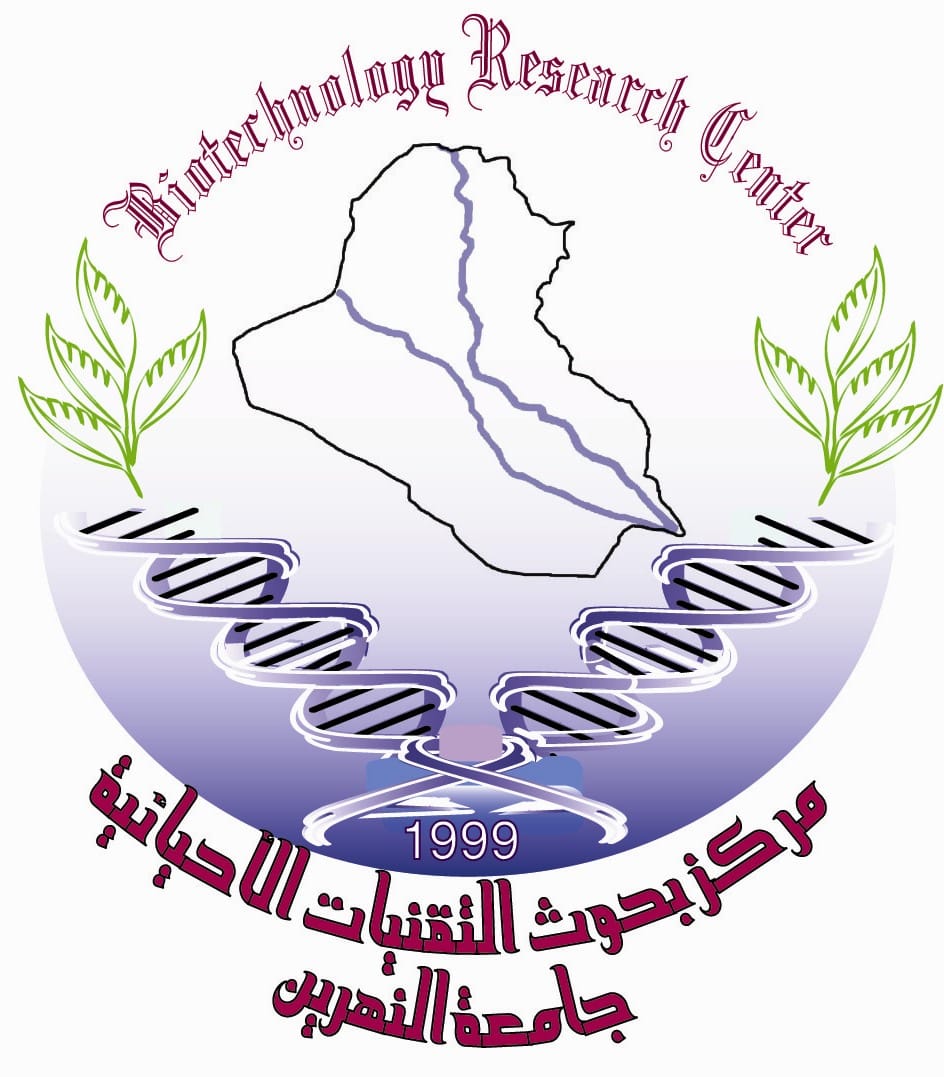Cytarabine Induced Reproductive Histopathological Changes in Albino Male Mice
DOI:
https://doi.org/10.24126/jobrc.2017.11.1.489Keywords:
Cytarabine, Hitopathological, Testosterone hormone, Sperm heads abnormalityAbstract
Cytarabine (Ara-C) is widely used as an effective chemotherapeutic agent, essentially in the treatment of acute myeloid leukemia. Albino male mice (Mus musculus) are used in this study to determine in vivo toxicity of the drug on spermatogenesis and sperm abnormality. Mice are divided into two groups; the experimental group received a dose of 0.33 mg/kg/day Ara-C for seven days, while the control group received normal saline for 7 days. Results indicated a significant increase in head abnormalities percentage (p≤ 0.05) in comparison to control group. Testosterone hormone concentration was significantly decreased (1.14 ± 0.12) ng/ml in treatment group in comparison with control group (2.41± 0.22) ng/ml. Histopathological changes revealed detectable spermatogenesis degeneration. Treatment caused spermatocytes disruption, presence of necrotic cells and appearance of spermiophages with slought cells in several seminiferous tubules. Leydig cells morphology are mostly intact; however, interstitial area appeared hypercellular. It is concluded that Ara-c exposure highly destructive to seminiferous tubule epithelium, which may lead in depressed mice fertility.
Downloads
Published
How to Cite
Issue
Section
License
This is an Open Access article distributed under the terms of the creative commons Attribution (CC BY) 4.0 license which permits unrestricted use, distribution, and reproduction in any medium or format, and to alter, transform, or build upon the material, including for commercial use, providing the original author is credited.











